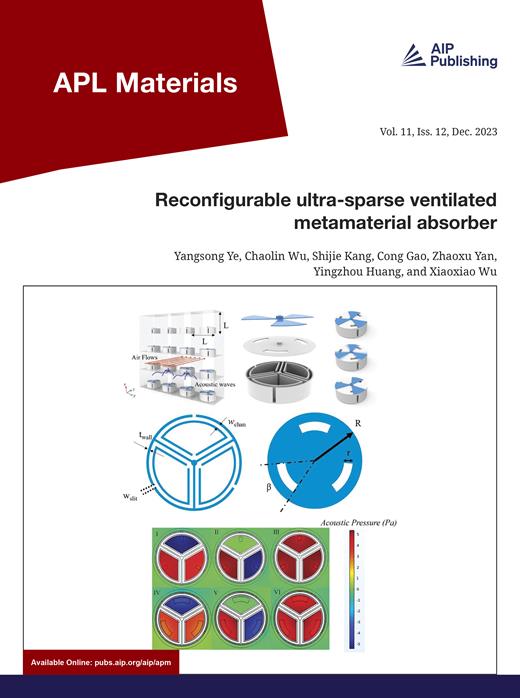设计用于组织修复和再生的多糖材料
IF 5.3
2区 材料科学
Q2 MATERIALS SCIENCE, MULTIDISCIPLINARY
引用次数: 0
摘要
组织修复和再生是维持各种器官和组织完整性及功能的关键过程。最近,多糖材料和蛋白质材料在组织修复策略中的应用引起了人们的兴趣。然而,与蛋白质相比,多糖更稳定,不受温度和 pH 值变化的影响,而且一些多糖能提供更强的机械支撑,这对于构建组织工程支架和伤口敷料尤为重要。本综述深入概述了多糖的起源、多糖材料的优势以及加工和设计策略。此外,还重点介绍了多糖材料在修复皮肤、心脏和神经等组织方面的潜力。最后,我们深入探讨了多糖材料在组织修复中仍面临的挑战,如材料的稳定性、不同条件下的机械特性和劣化率的调节等。为了实现更有效的组织修复和再生,未来的研究必须侧重于进一步改善多糖材料的特性和功能。本文章由计算机程序翻译,如有差异,请以英文原文为准。
Designing polysaccharide materials for tissue repair and regeneration
Tissue repair and regeneration are critical processes for maintaining the integrity and function of various organs and tissues. Recently, polysaccharide materials and protein materials have garnered interest for use in tissue repair strategies. However, polysaccharides are more stable and unaffected by temperature and pH changes compared to proteins, and some polysaccharides can provide stronger mechanical support, which is particularly important for constructing tissue-engineered scaffolds and wound dressings. This Review provides an in-depth overview of the origins of polysaccharides, the advantages of polysaccharide materials, and processing and design strategies. In addition, the potential of polysaccharide materials for the restoration of tissues such as skin, heart, and nerves is highlighted. Finally, we discuss in depth the challenges that polysaccharide materials still face in tissue repair, such as the stability of the material, regulating mechanical characteristics and deterioration rates under different conditions. To achieve more effective tissue repair and regeneration, future research must focus on further improving the characteristics and functionalities of polysaccharide materials.
求助全文
通过发布文献求助,成功后即可免费获取论文全文。
去求助
来源期刊

APL Materials
NANOSCIENCE & NANOTECHNOLOGYMATERIALS SCIE-MATERIALS SCIENCE, MULTIDISCIPLINARY
CiteScore
9.60
自引率
3.30%
发文量
199
审稿时长
2 months
期刊介绍:
APL Materials features original, experimental research on significant topical issues within the field of materials science. In order to highlight research at the forefront of materials science, emphasis is given to the quality and timeliness of the work. The journal considers theory or calculation when the work is particularly timely and relevant to applications.
In addition to regular articles, the journal also publishes Special Topics, which report on cutting-edge areas in materials science, such as Perovskite Solar Cells, 2D Materials, and Beyond Lithium Ion Batteries.
 求助内容:
求助内容: 应助结果提醒方式:
应助结果提醒方式:


